1. Clarinet Trio No. 4 in B Flat Major, Op. 11 Gassenhauer: I. Allegro Con Brio
Composer: Ludwig Van Beethoven
Artist(s): Steven Kanoff, Håkon Austbø, Mats Lidström
2. Clarinet Trio No. 4 in B Flat Major, Op. 11 Gassenhauer: II. Adagio
Composer: Ludwig Van Beethoven
Artist(s): Steven Kanoff, Håkon Austbø, Mats Lidström
3. Clarinet Trio No. 4 in B Flat Major, Op. 11 Gassenhauer: III. Tema: Prio ch’io l’impegno – Allegretto
Composer: Ludwig Van Beethoven
Artist(s): Steven Kanoff, Håkon Austbø, Mats Lidström
4. Clarinet Trio Kv. 498 Kegelstatt: I. Andante
Composer: Wolfgang Amadeus Mozart
Artist(s): Steven Kanoff, Håkon Austbø, Mats Lidström
5. Clarinet Trio Kv. 498 Kegelstatt: II. Menuetto – Trio
Composer: Wolfgang Amadeus Mozart
Artist(s): Steven Kanoff, Håkon Austbø, Mats Lidström
6. Clarinet Trio Kv. 498 Kegelstatt: III. Rondo allegretto
Composer: Wolfgang Amadeus Mozart
Artist(s): Steven Kanoff, Håkon Austbø, Mats Lidström
7. Clarinet Trio In A Minor Op. 114: I. Allegro
Composer: Johannes Brahms
Artist(s): Steven Kanoff, Richard Lester, Ian Brown
8. Clarinet Trio In A Minor Op. 114: II. Adagio
Composer: Johannes Brahms
Artist(s): Steven Kanoff, Richard Lester, Ian Brown
9. Clarinet Trio In A Minor Op. 114: III. Andantino grazio
Composer: Johannes Brahms
Artist(s): Steven Kanoff, Richard Lester, Ian Brown
10. Clarinet Trio in A Minor Op. 114: IV. Allegro
Composer: Johannes Brahms
Artist(s): Steven Kanoff, Richard Lester, Ian Brown

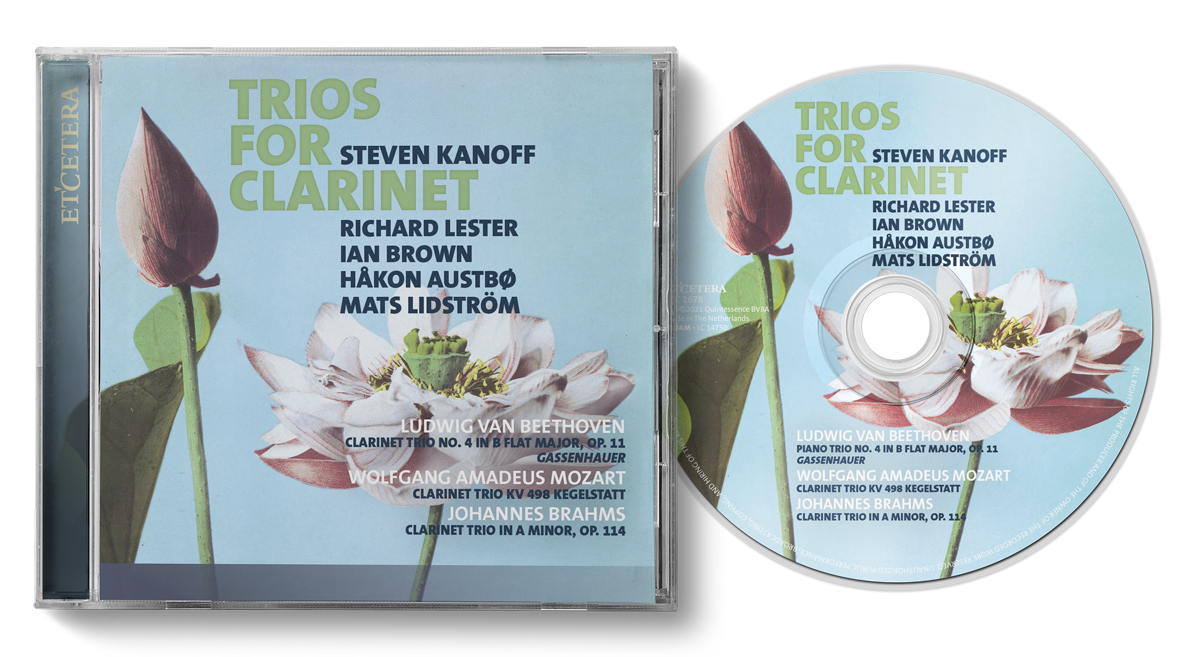

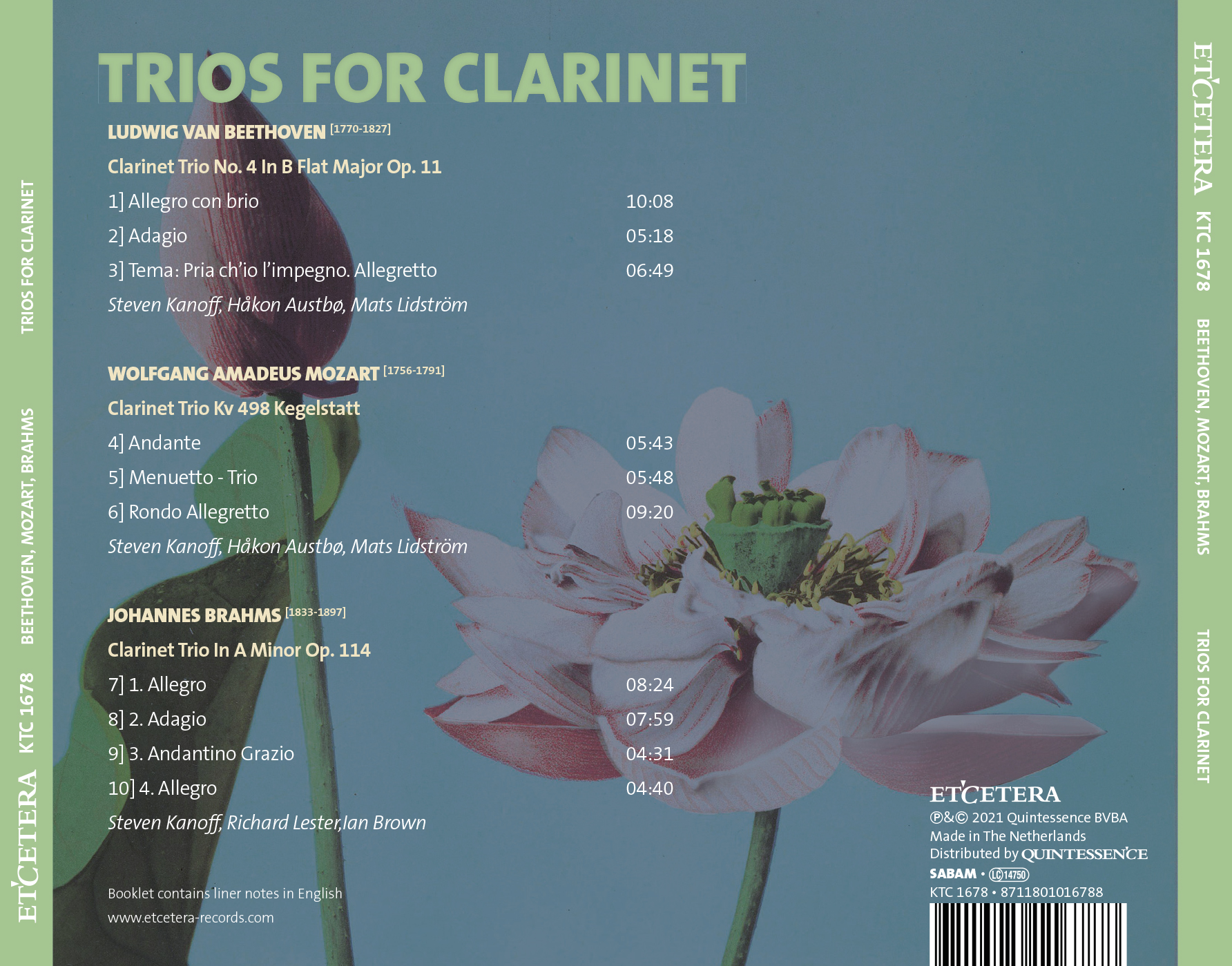

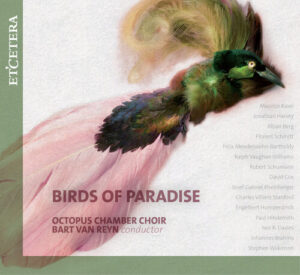

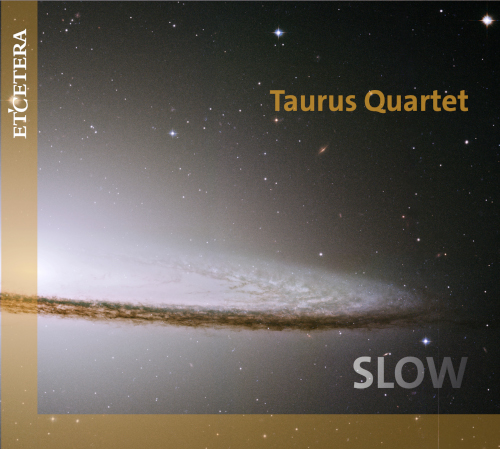
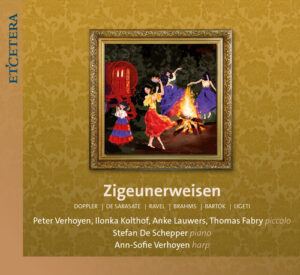

Reviews
There are no reviews yet.